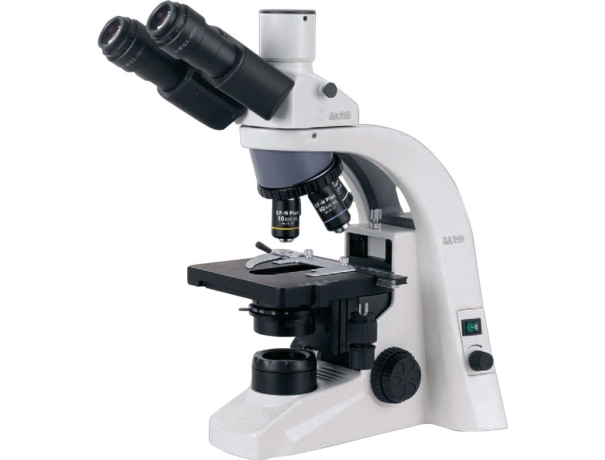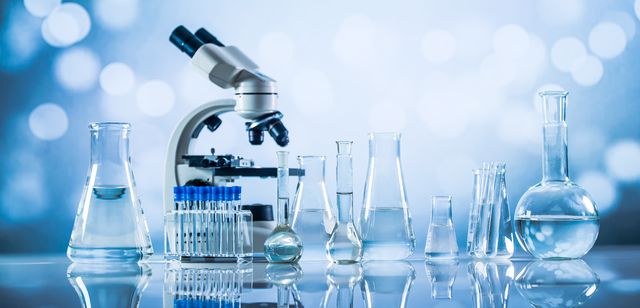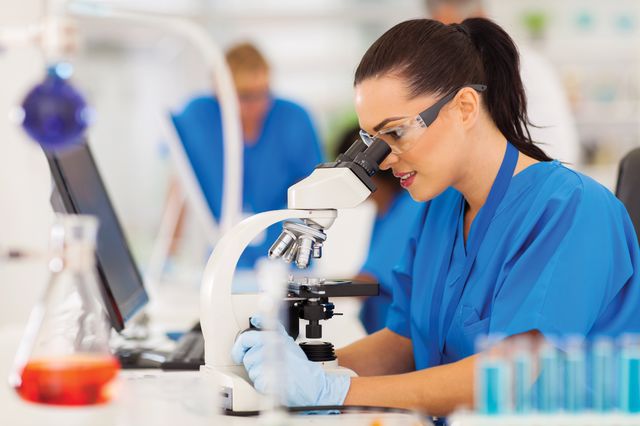This article will guide you through the process of purchasing scientific equipment for schools, ensuring that you make informed decisions that benefit both students and educators.
Why is Proper Scientific Equipment Important for Schools?
Before delving into the buying process, let's understand why having proper Scientific Equipment for Schools.
Enhancing Learning
- Facilitating Hands-on Learning: High-quality scientific equipment enables students to engage in practical experiments, enhancing their understanding of scientific concepts.
- Promoting Critical Thinking: Conducting experiments fosters critical thinking skills as students learn to analyze data and draw conclusions.
Meeting Curriculum Requirements
- Aligning with Educational Standards: Proper equipment ensures that schools meet curriculum requirements and standards set by educational authorities.
- Preparing Students for the Future: Equipping students with scientific skills prepares them for future careers in STEM fields.
Assessing Your School's Needs
Before making any purchases, it's essential to assess your school's specific requirements.
Identifying Subjects and Grade Levels
- Determine Subjects: Identify the subjects for which you need scientific equipment, such as biology, chemistry, or physics.
- Consider Grade Levels: Consider the grade levels of the students who will be using the equipment, as this can impact the complexity of the apparatus needed.
Budget Considerations
- Establish a Budget: Determine your budget for acquiring scientific equipment, keeping in mind that quality should not be compromised.
Safety and Maintenance
- Ensure Safety Measures: Prioritize safety by choosing equipment that comes with proper safety features and guidelines.
- Maintenance Requirements: Consider the maintenance needs of the equipment to ensure longevity and functionality.
Researching and Selecting Equipment
With your school's needs assessed, it's time to research and select the right scientific equipment.
Vendor Selection
- Reputable Suppliers: Choose reputable suppliers or manufacturers known for their quality and reliability.
- Read Reviews: Read reviews and seek recommendations from other educators to gauge the equipment's performance.
Equipment Types
- Basic Lab Equipment: Invest in basic laboratory equipment like microscopes, beakers, and test tubes.
- Specialized Apparatus: Consider specialized equipment for advanced experiments, tailored to the curriculum.

Procurement Process
Now that you've selected the Laboratory Equipment For Schools, it's time to go through the procurement process.
Request for Quotations (RFQ)
- Prepare an RFQ: Create a Request for Quotation document and send it to potential suppliers to receive competitive pricing.
Evaluation and Selection
- Evaluate Quotations: Carefully evaluate the received quotations, considering both cost and quality.
- Select Suppliers: Choose suppliers that offer the best value for the school.
Training and Integration
After acquiring the equipment, it's essential to ensure its effective integration into the school's curriculum.
Teacher Training
- Professional Development: Provide teachers with professional development opportunities to familiarize them with the equipment.
Curriculum Integration
- Incorporate into Lessons: Work with educators to incorporate the equipment into lesson plans and experiments.

What types of schools use science equipment
Schools of various types use science equipment to facilitate hands-on learning and experiments in the field of science. Here are some types of schools that commonly use science equipment:
- Public Schools: Public schools at the elementary, middle, and high school levels typically have science laboratories equipped with basic scientific instruments like microscopes, beakers, and Bunsen burners.
- Private Schools: Private schools often have well-funded science programs and laboratories with advanced equipment. They may offer a wider range of scientific experiments and activities.
- Charter Schools: Charter schools, which are publicly funded but operate independently, may have science equipment depending on their specific educational goals and resources.
- STEM Schools: Schools specializing in science, technology, engineering, and mathematics (STEM) education place a strong emphasis on science equipment to support their curriculum.
- International Schools: International schools often provide a diverse and comprehensive science education, complete with modern laboratory equipment.
- Boarding Schools: Boarding schools may have extensive science facilities, allowing students to engage in experiments and research outside of regular school hours.
- Specialized Science Schools: Some schools focus exclusively on science education, and their laboratories are equipped with specialized equipment tailored to particular scientific fields.
- Community Colleges: Community colleges often offer science courses and have laboratories equipped with a variety of scientific instruments for students pursuing associate degrees or vocational programs.
- Universities and Colleges: Higher education institutions, such as universities and colleges, have extensive and advanced science equipment for undergraduate and graduate research.

How to prepare a research laboratory in schools
Preparing a research laboratory in schools requires careful planning, organization, and adherence to safety guidelines. Below are steps to help you set up a functional and safe research laboratory:
- Determine the Purpose and Scope: Define the specific goals and objectives of your school's research laboratory. What subjects or areas of research will it support? This will guide the equipment and resources you'll need.
- Secure Funding: Determine your budget and seek funding from your school or external sources if necessary. Ensure you have enough funds for equipment, supplies, and maintenance.
- Select a Location: Choose an appropriate location within the school for the laboratory. It should have adequate space, ventilation, and access to utilities like water and electricity.
- Design and Layout: Plan the layout of the laboratory to maximize space and efficiency. Ensure there are designated areas for different types of experiments and storage. Consider the arrangement of workbenches, storage cabinets, and safety equipment.
- Safety Measures: Safety is paramount. Implement safety measures such as:
- Install emergency showers, eyewash stations, and fire extinguishers.
- Properly label hazardous materials and chemicals.
- Provide personal protective equipment (PPE) like gloves, lab coats, safety goggles, and aprons.
- Establish and enforce safety protocols and guidelines.
- Equipment and Supplies: Procure the necessary equipment and supplies based on your research goals. This may include microscopes, balances, Bunsen burners, glassware, chemicals, computers, and data analysis software.
- Storage Solutions: Ensure proper storage for chemicals, samples, and equipment. Use labeled containers and shelves to keep everything organized and easily accessible.
- Utilities and Infrastructure: Ensure that the laboratory has access to essential utilities like water, electricity, and gas if needed. Install fume hoods for chemical experiments that produce hazardous fumes.
- Ventilation and Air Quality: Maintain good air quality through proper ventilation. Install exhaust systems and ensure that the laboratory is well-ventilated to minimize exposure to harmful fumes.
- Electrical Safety: Ensure all electrical installations are done professionally to prevent electrical hazards. Use circuit breakers and safety switches.
- Training and Education: Provide training to students and staff on laboratory safety protocols, equipment usage, and proper handling of chemicals. Encourage continuous learning and skill development.
- Emergency Response Plan: Develop an emergency response plan that includes procedures for fire, chemical spills, and injuries. Conduct regular drills to ensure everyone knows what to do in case of an emergency.
- Record Keeping: Maintain records of equipment maintenance, chemical inventories, and experiments conducted. This helps with accountability and safety.
- Regular Inspections and Maintenance: Schedule routine inspections and maintenance to ensure equipment and safety measures are in good working order. Address any issues promptly.
- Waste Disposal: Establish proper waste disposal procedures for hazardous and non-hazardous materials. Comply with local regulations for waste management.
- Continuous Improvement: Seek feedback from students and staff to continually improve the laboratory's functionality and safety.
- Documentation: Document all safety procedures, equipment manuals, and emergency contact information in a readily accessible location.
- Compliance with Regulations: Ensure that the laboratory complies with all relevant local, state, and federal regulations regarding safety and environmental standards.